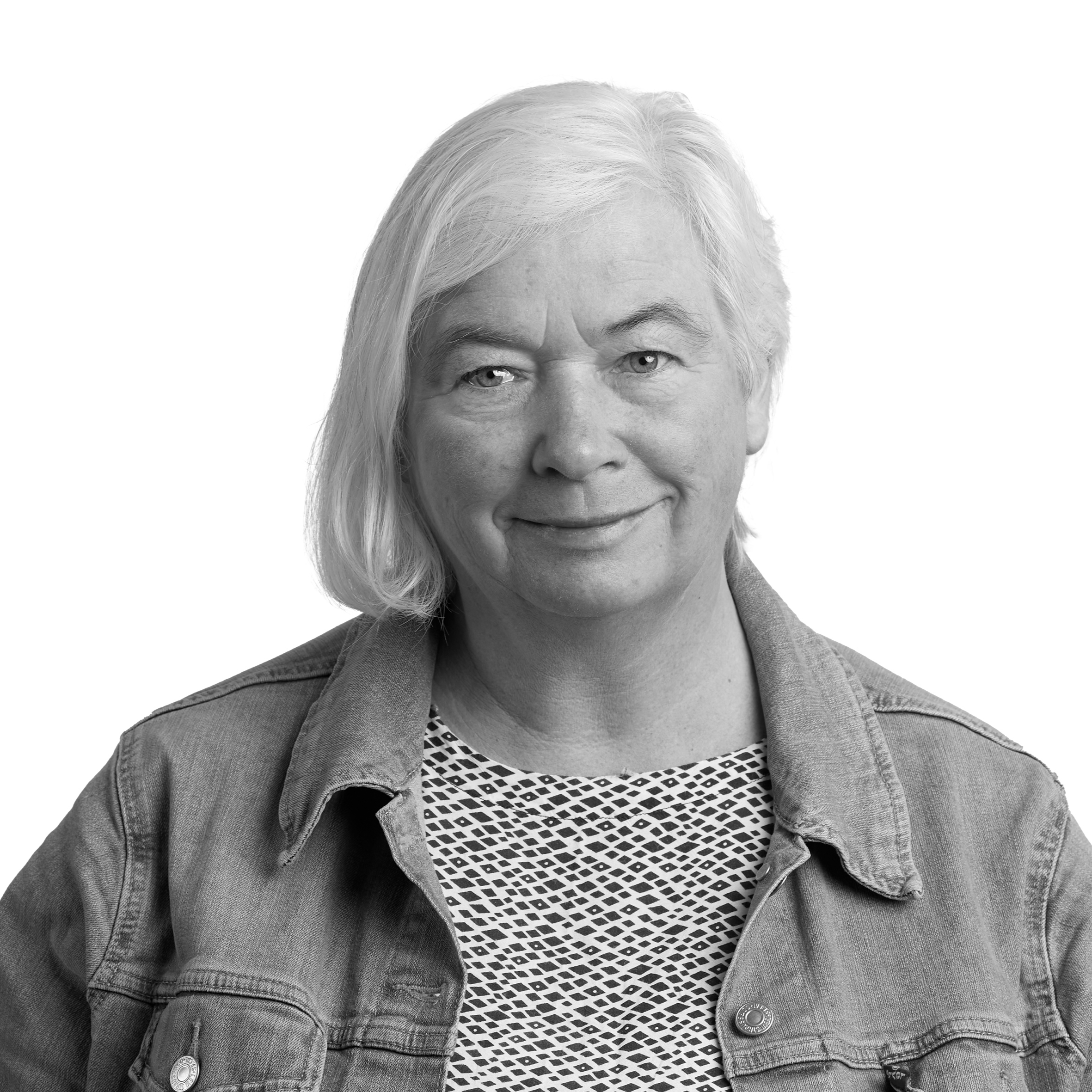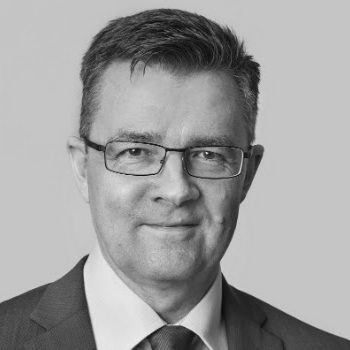Preface
How centers of excellence promote ideas at the highest international level
When asked to elaborate on the promotion of creativity at her center, one center leader replied, “Well, this is what the center is all about, you know!”
Indeed, generating novel ideas is very much what science is about. Nonetheless, in recent years, it has become still more apparent – as many have been warning for years – that the ability of science to generate novel ideas is in decline. While researchers still struggle to find a robust way of measuring changes in scientific novelty, the overall image seems rather bleak, and Denmark is unlikely to be any different
Degn, L. and Alnor, E.D: Creativity in research – current perspectives on the nature of, the conditions for, and the role of creativity in research. Danish Center for Research and Research Policy, August 2024. Danish research is furthermore losing ground in international competition when measured by citation impact, which is correlated with creativity. The citation impact from Danish research, that is, the visibility of Danish research, has declined since 2012, the “miracle year.” (Schneider, J. W. and Norn, T.: The Scientific Impact of Danish Research 1980 – 2020. Danish Center for Research and Research Policy, August 2023)
A decline in creativity is a problem for all of us, increasingly dependent as we are on new ideas to provide solutions to societal problems such as those incurred by climate change. This forces us to look for other ways of promoting creativity and of forming highly creative and ambitious research environments.
We are often told, by new Centers of Excellence, that a highly ambitious culture evolves, and is actively nurtured, from the centers’ very beginning. The establishment of such a joint research venture clearly unleashes new energy and is seen as the chance of a lifetime to think big, inspiring ambition in, and offering encouragement to, center staff.
In other words, centers contemplate and discuss how to do better than merely good: How will they make the most of six to ten years of stable, flexible funding? How will
the center pursue breakthroughs and ideas at the highest international level? How will they create an exceptionally creative, ambitious, and stimulating environment for early-career researchers?
We believe that actively forming the culture and organization of a center to facilitate extraordinary ideas – as opposed to a more laissez faire approach – is highly consequential to the success of the center. This is one of the reasons why center leaders must have proven themselves not just as scientists but also as leaders.
We have asked the centers to share their experiences about how to nurture creativity, about the dilemmas involved, and about optimal conditions for the generation of novel ideas. We wish to thank the centers for giving the topic serious consideration, and we are impressed by the nuanced and inventive ways in which centers push for novelty.
While many of the ideas may be well-known among researchers, we still share them to be used as a catalogue of ideas, with the hope that they may inspire other researchers and research leaders.
 |  |  |
Dorthe Dahl-Jensen Chair | Christian S. Jensen Vice chair | Søren-Peter Olesen CEO |